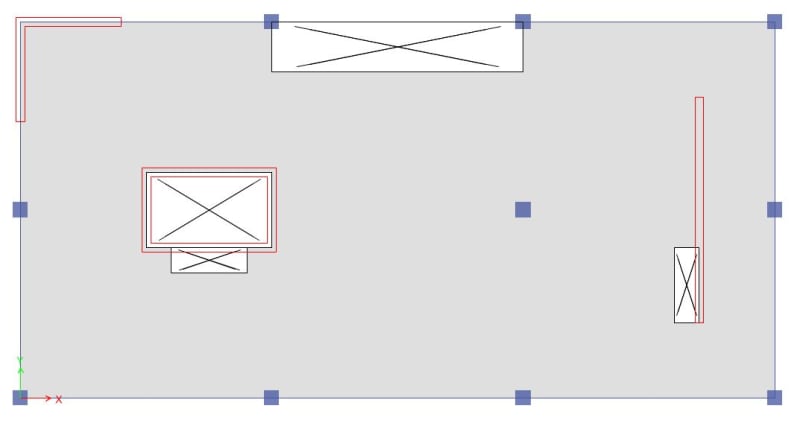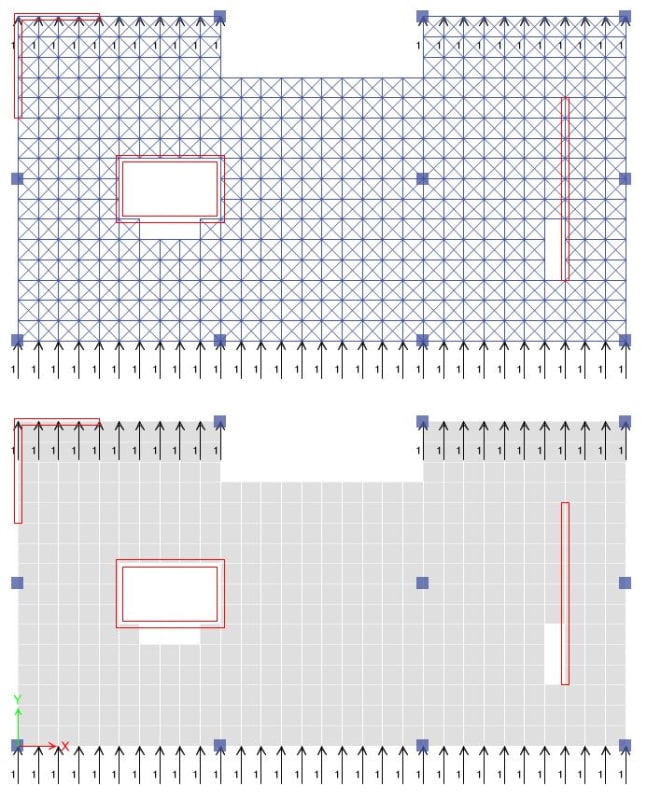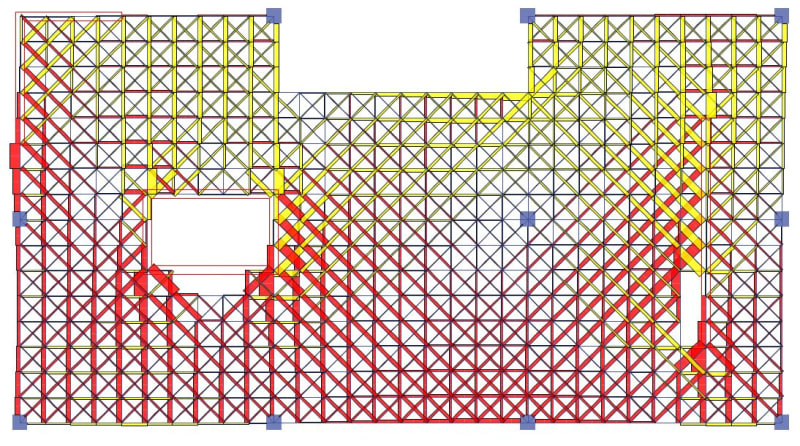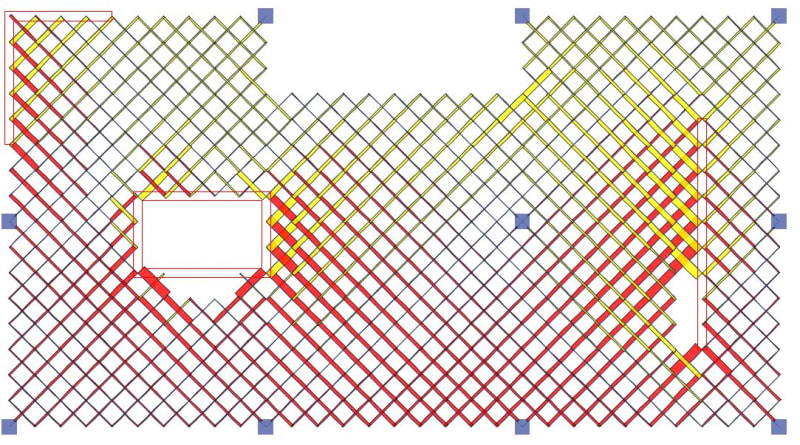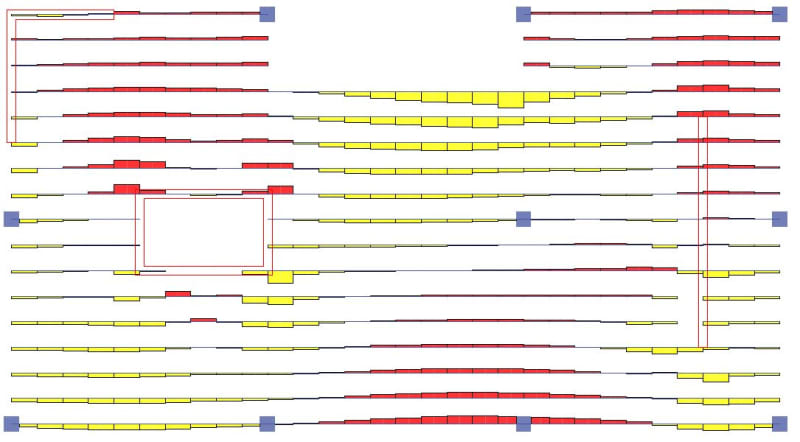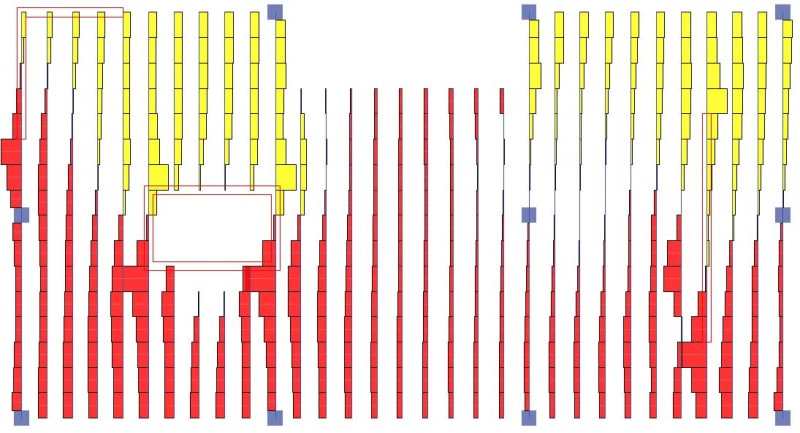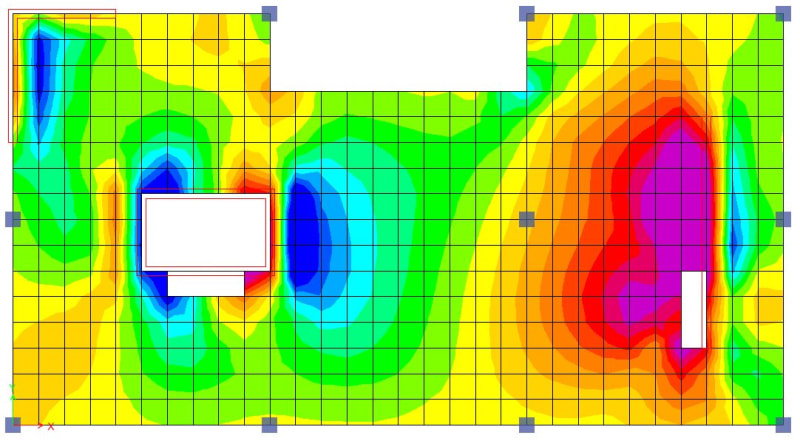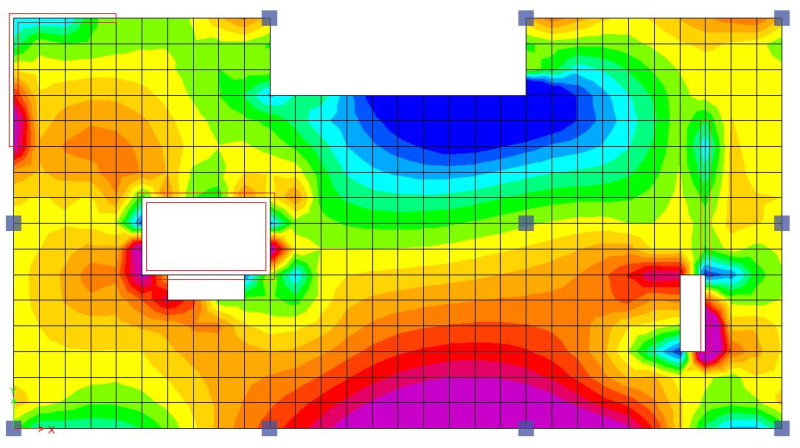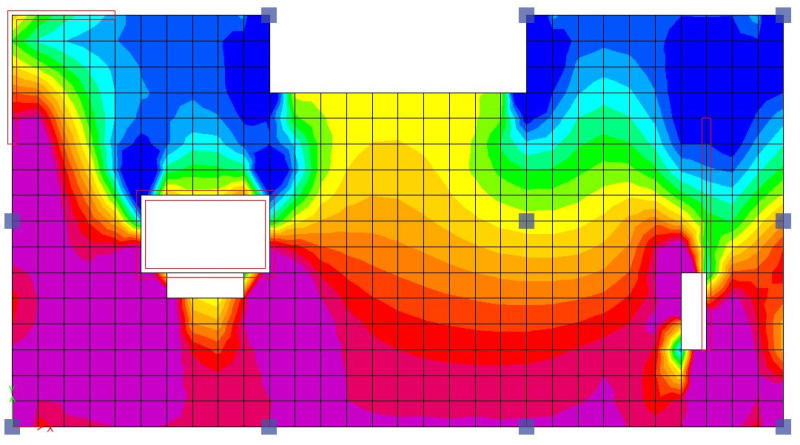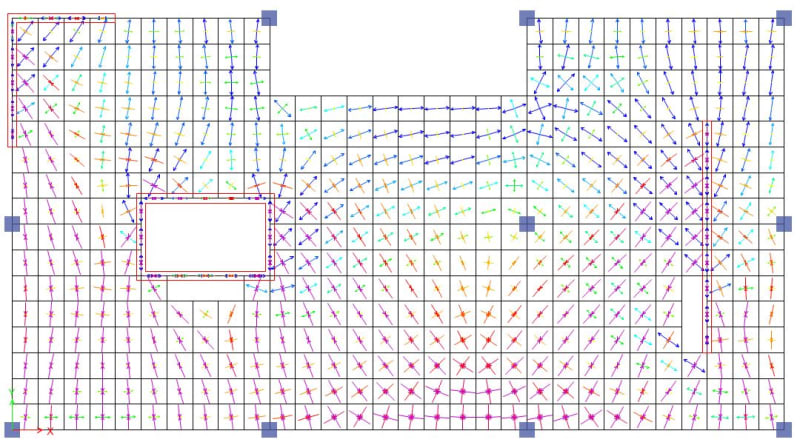The pESA loads are derived based on the overstrength of the building and or a minimum peak ground acceleration which usually governs in the lower levels. Each floor is looked at in isolation. You don't model floors in your global analysis using this approach.
The point is it is intended to result in an envelope of forces that captures the peak transfer and inertia forces within the diaphragm. A normal response spectrum or equivalent static analysis won't capture this. You'd otherwise need to do a time history analysis to get this information. The other benifit of doing it this way with existing structures you can tune the mesh location and also stiffness to capture the redistribution of loads or where the reinforcement for drag elements has been placed via an iterative approach. You cannot do this with a shell model, the load goes where the stiffness and mesh size says it goes. Generally extracting relevant information from a shell model is not easy, and you'll come across the issue of peak stresses at discontinuities not representing any actual loading or loadpath. A shell can also carry tension on the diagonal, there's no easy way to say a strut is a strut for example.
I'm not saying it's perfect, but it's the first codified approach we've had, before this people generally under designed diaphragms. There were a few diaphragm failures in our recent significant earthquake events leading to the development of the approach.

